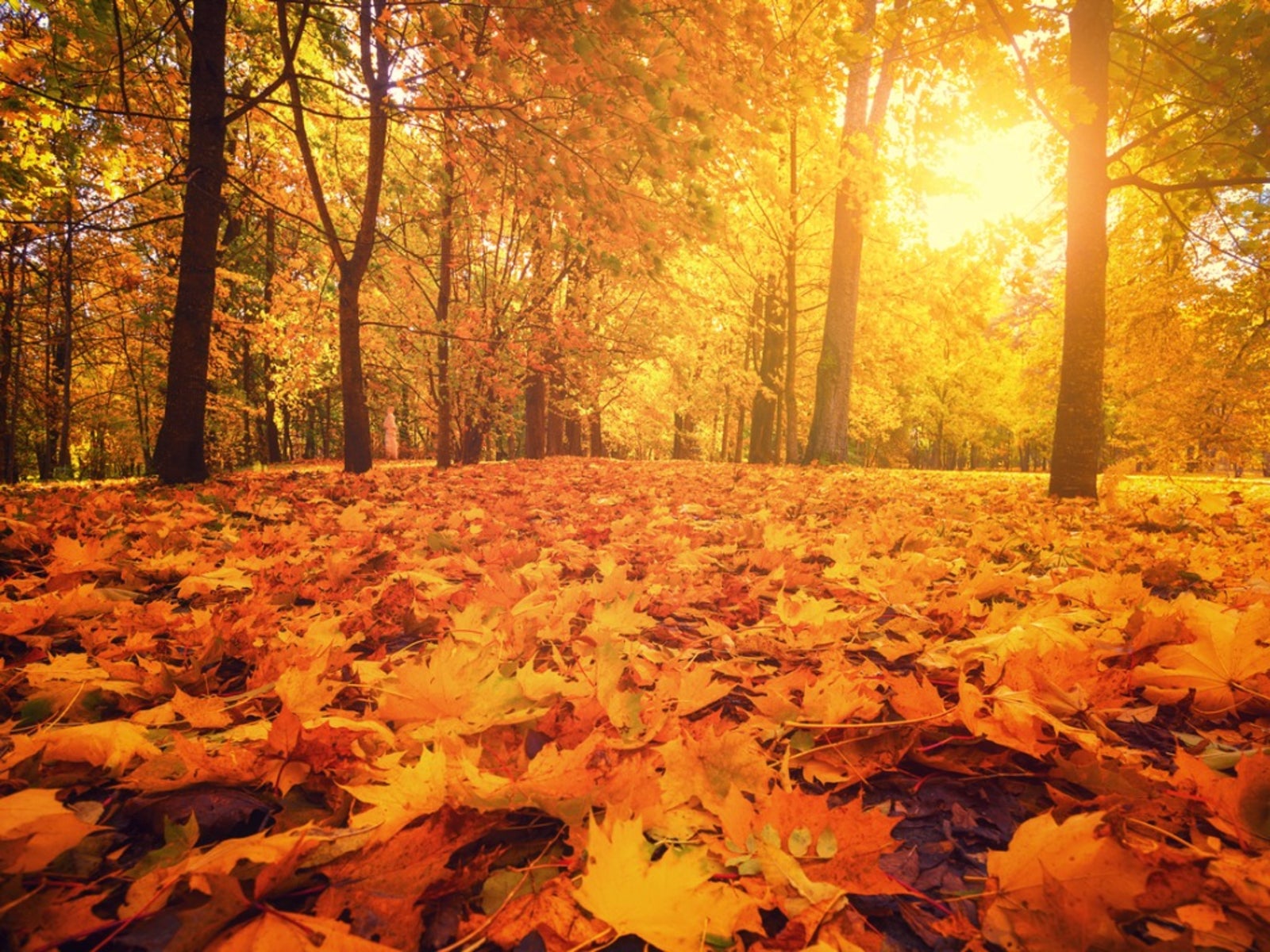Orange Fall Color – Types Of Trees With Orange Leaves In Autumn


Trees with orange fall foliage bring enchantment to your garden just as the last of the summer flowers are fading. You may not get orange fall color for Halloween, but then again you may, depending on where you live and what trees with orange leaves you select. What trees have orange leaves in fall? Read on for some suggestions.
What Trees Have Orange Leaves in Fall?
Autumn tops the list of many gardeners’ favorite seasons. The laborious planting and tending work is done, and you don’t have to expend any effort to enjoy your backyard’s stunning fall foliage. That is, if you selected and planted trees with orange fall foliage. Not every tree offers flaming foliage in autumn. The best trees with orange leaves are deciduous. Their foliage blazes as they wilt and die during summer’s end. What trees have orange leaves in fall? Many deciduous trees can fit into that category. Some reliably offer orange fall color. Other trees’ leaves may turn orange, red, purple or yellow, or a fiery mix of all these shades.
Trees with Orange Fall Foliage
If you want to plant deciduous trees with reliable orange fall color, consider the smoke tree (Cotinus coggygria). These trees thrive in sunny sites in USDA zones 5-8, offering small yellow blossoms in early summer. In autumn, the leaves blaze orange-red before they fall. Another good option for trees with orange leaves: Japanese persimmon (Diospyros kaki). You’ll not only get vivid leaves in autumn. The trees also produce dramatic orange fruit that decorate the tree branches like holiday ornaments much of the cold season. If you haven’t heard of the stewartia (Stewartia pseudocamellia), it’s time to take a look. It definitely makes the short list of trees with orange fall foliage for USDA zones 5-8. For big gardens only, the stewartia can rise to 70 feet (21 m.) tall. Its attractive, dark green leaves turn orange, yellow and red as winter approaches. The common name “serviceberry” may call to mind a shrub but, in fact, this small tree (Amelanchier canadensis) shoots up to 20 feet (6 m.) in USDA zones 3-7. You can’t go wrong with serviceberry as trees with orange leaves in autumn—the foliage colors are amazing. But it’s also got lovely white blossoms in spring and great summer fruit. If you live in a warmer area, you’ll love the garden classic, Japanese maple (Acer palmatum) that thrives in USDA zones 6-9. The lacy leaves glow with fiery fall color, along with many other maple varieties.
Gardening tips, videos, info and more delivered right to your inbox!
Sign up for the Gardening Know How newsletter today and receive a free copy of our e-book "How to Grow Delicious Tomatoes".

Teo Spengler is a master gardener and a docent at the San Francisco Botanical Garden, where she hosts public tours. She has studied horticulture and written about nature, trees, plants, and gardening for more than two decades. Her extended family includes some 30 houseplants and hundreds of outdoor plants, including 250 trees, which are her main passion. Spengler currently splits her life between San Francisco and the French Basque Country, though she was raised in Alaska, giving her experience of gardening in a range of climates.
-
 Looking For Plants To Give You The Soft And Fuzzies? Try These 5 Fuzzy Leaf Plant Options
Looking For Plants To Give You The Soft And Fuzzies? Try These 5 Fuzzy Leaf Plant OptionsLovers of texture, drama, silver foliage and tactile plants will adore these special sensory garden additions. These fuzzy leaf plant options will leave you all aglow
By Susan Albert
-
 Get Ready For A Summer Of Hummers! Grow These Full Sun Hummingbird Plants and Flowers
Get Ready For A Summer Of Hummers! Grow These Full Sun Hummingbird Plants and FlowersIf you’re lucky enough to enjoy a sunny backyard, make sure you are maxing out on your pollinator opportunities and grow these full sun hummingbird plants and flowers
By Tonya Barnett
-
 Best Trees For Carbon Sequestration And Climate Change
Best Trees For Carbon Sequestration And Climate ChangeLet’s keep planting trees. They are our best bet for capturing carbon and may help with our global warming issues.
By Teo Spengler
-
 7 Invasive Trees You Should Never Plant In Your Yard Or Garden
7 Invasive Trees You Should Never Plant In Your Yard Or GardenWhat are some invasive trees you should never plant in your yard? Click here to find out.
By Teo Spengler
-
 How Close Can You Plant A Tree To A Stump?
How Close Can You Plant A Tree To A Stump?Looking to plant new trees near old stumps or where stumps have been removed? Click here to learn how.
By Teo Spengler
-
 Messiest Trees That Drop Debris Everywhere
Messiest Trees That Drop Debris EverywhereWant to know which trees will create the biggest messes in your home landscape? Click here to find out.
By Amy Grant
-
 How To Get Rid Of Tree Sprouts In The Yard From Nearby Trees
How To Get Rid Of Tree Sprouts In The Yard From Nearby TreesLearn the simple way to keep pesky tree seedlings in your lawn from becoming saplings.
By Teo Spengler
-
 How To Tell How Old A Tree Is
How To Tell How Old A Tree IsEver wondered how to calculate the age of a tree? Click here to learn all about it.
By Teo Spengler
-
 When To Remove Tree Stakes From Saplings
When To Remove Tree Stakes From SaplingsA newly planted tree may grow strong when it’s staked, but don’t forget to remove the stakes when it’s stable.
By Teo Spengler
-
 Inosculation And Trees Growing Together
Inosculation And Trees Growing TogetherIf you ever see two trees that have bonded and grown together, read here to learn why and how it happens.
By Teo Spengler